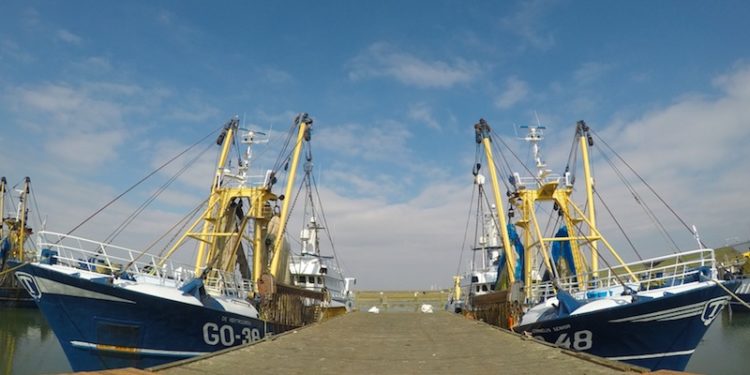Pulse trawling has never been far from controversy, not least with the concerted campaign against the method run by Bloom, the many conflicting claims made about pulse trawling and the determination of Dutch fishermen to continue its development. According to Willem den Heijer, the trilogue meeting in Brussels next month will be a key moment for pulse fishing.
‘Dutch fishermen are eagerly anticipating the outcome of the trilogue meeting in Brussels. If emotion triggered by French organisation Bloom’s heavily biased campaign triumphs over rational ICES advice, which Bloom ignores, then research and scientific advice will no longer have a value,’ Willem de Hejier said.
‘The European Commission and the European Union need to show their integrity on this.’
He explained that at the end of 1973 there were 683 Dutch fishing vessels, including 472 beam trawlers, which became steadily larger and more powerful during the 1980s and 1990s.
‘Today the Dutch fleet is approximately 72 pulse trawlers, around a dozen Eurocutters also using pulse gear, and twelve traditional beam trawlers. This is much smaller fleet than in the past, and the same applies to the German, Belgian and Danish fleets. As a result of this, fishing effort has been decreasing and the stocks received time and space for recovery. This is why a lot of stocks are in a very good condition, flatfish as well as white fish,’ he said
‘Due to religious nature of Dutch fishermen, who like to spend Sunday at home, the majority of the beam trawlers and pulse trawlers generally fish only from Monday morning until Thursday evening to land for Friday’s auction. So the number of hours on the fishing grounds are limited. At the weekends 90% of the Dutch fleet stay in port.’
‘Bloom claims that the use of electric pulses will result in empty seas, which is nonsense,’ he said.
‘Like German, Danish, Belgian and UK fishermen, the Dutch have quotas to work to. In reality the Dutch fleet is not able to catch its full allocations and the full plaice quotas have not been caught, and even though stocks are healthy, according to biologists, it is still difficult to catch plaice and sole under certain conditions. During a long period this spring and early summer when there were northerly winds, catches were quite poor. But prices of plaice, sole and turbot and brill were good. So the fleet still earned money while the fuel consumption due to the use of pulse gear remains very low. For the remaining beam trawlers it was a tough time, until the wind direction finally changed catches were back to normal.’
He commented that the adoption of pulse fishing has also given crewmen better working conditions, as they no longer have to handle tickler chains and other heavy gear.
‘Especially the older crew members, 55 to 60 years old, have told me that if this had not changed, they would already have been looking for other work, but instead they are able to stay with fishing.’









